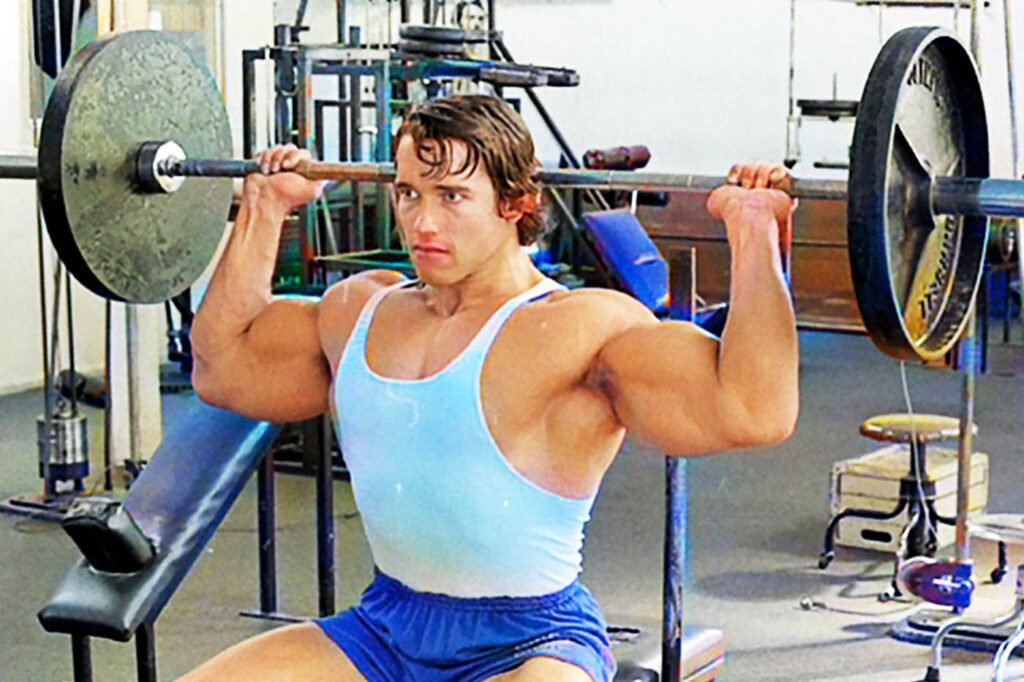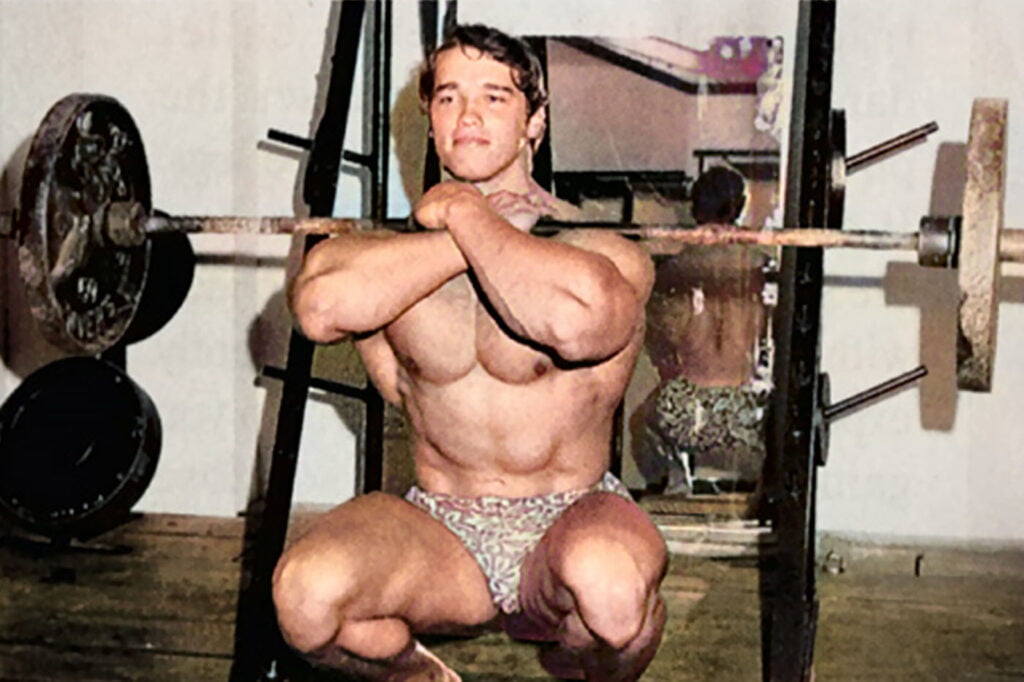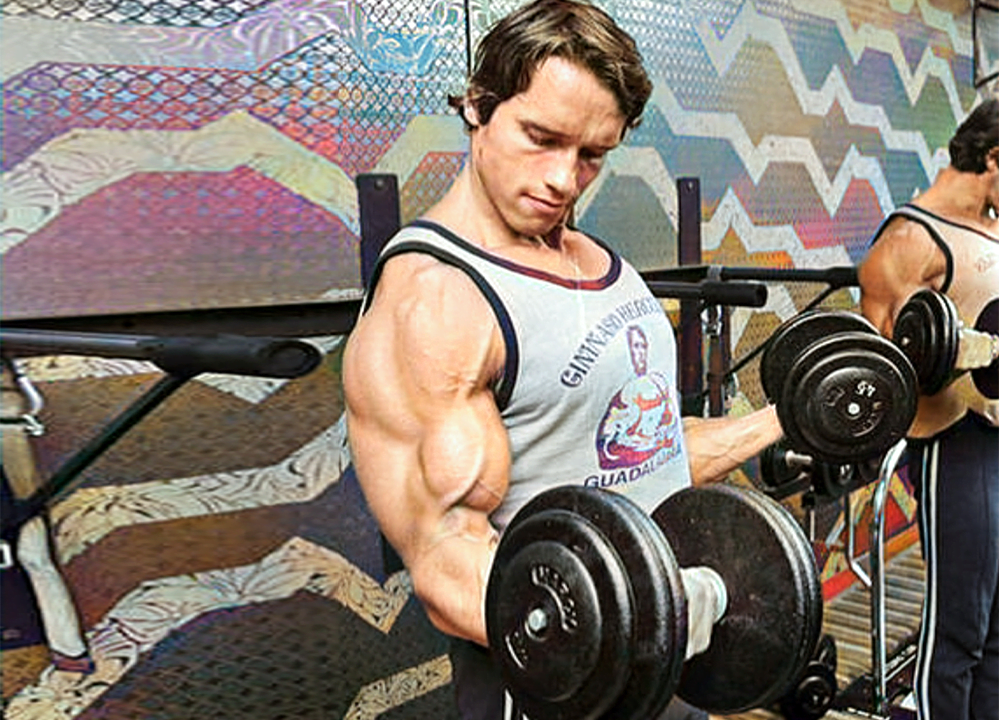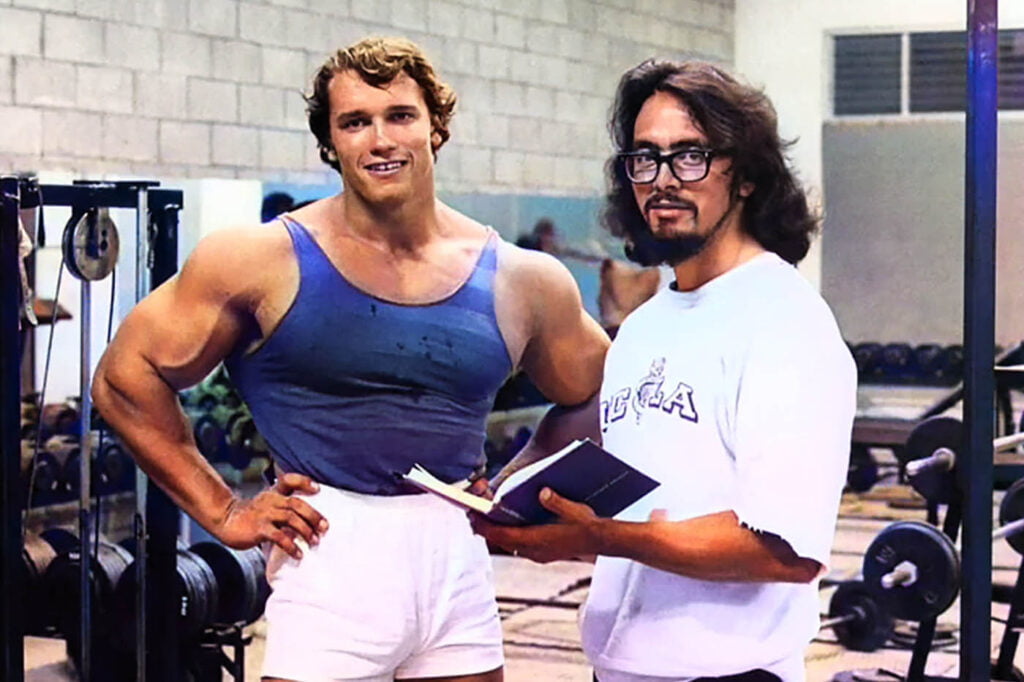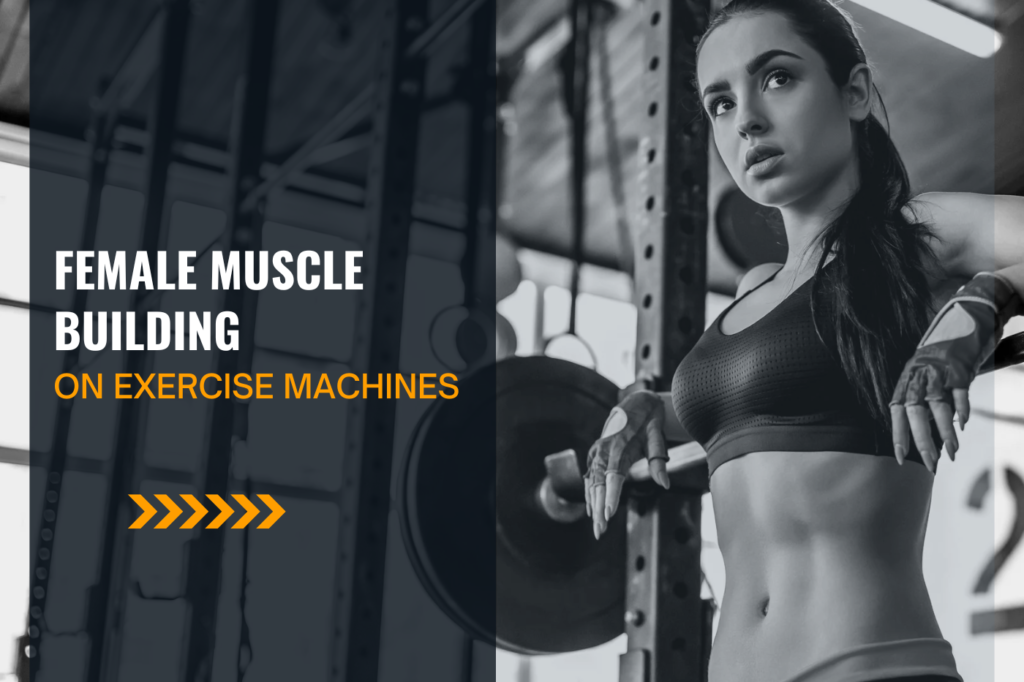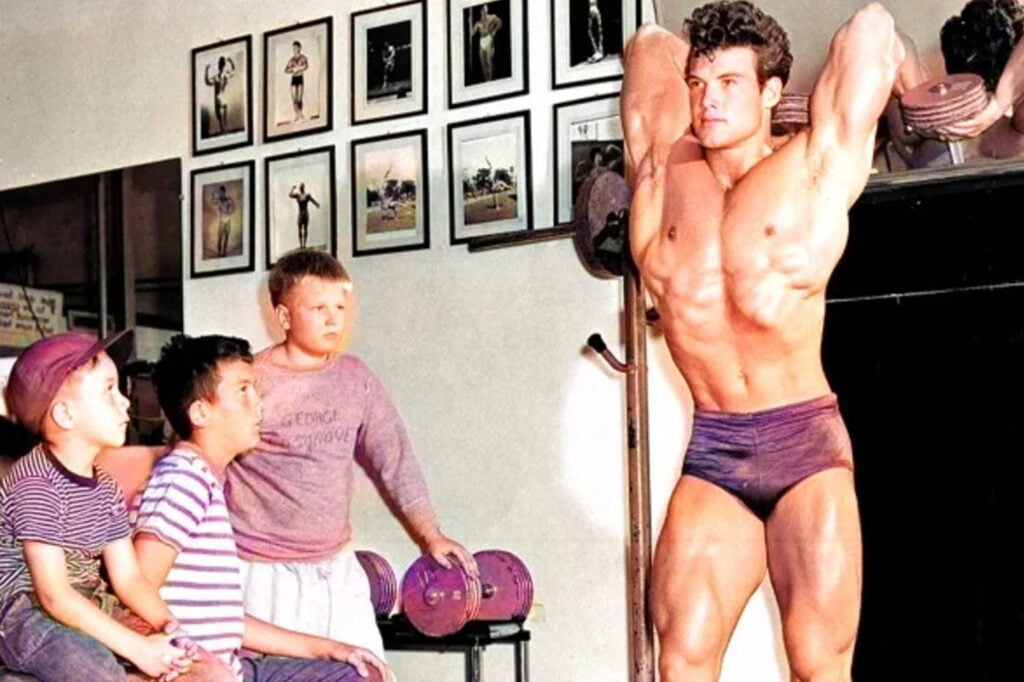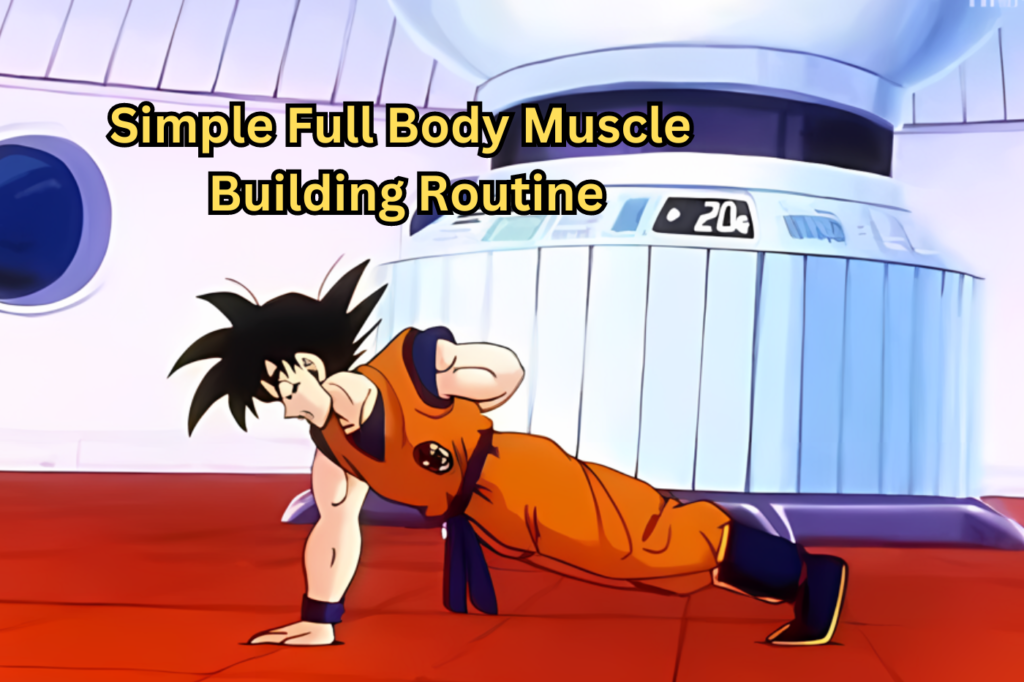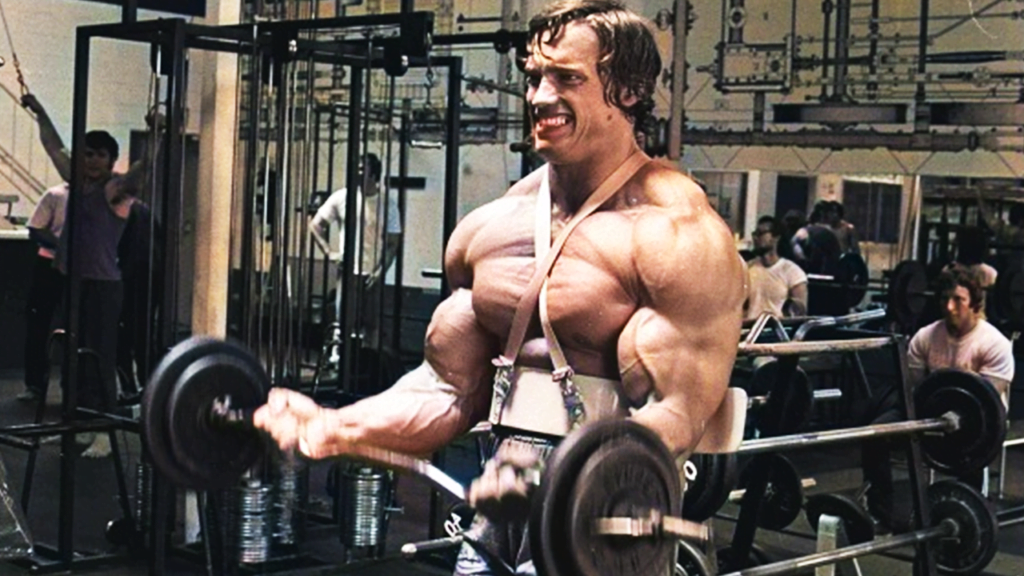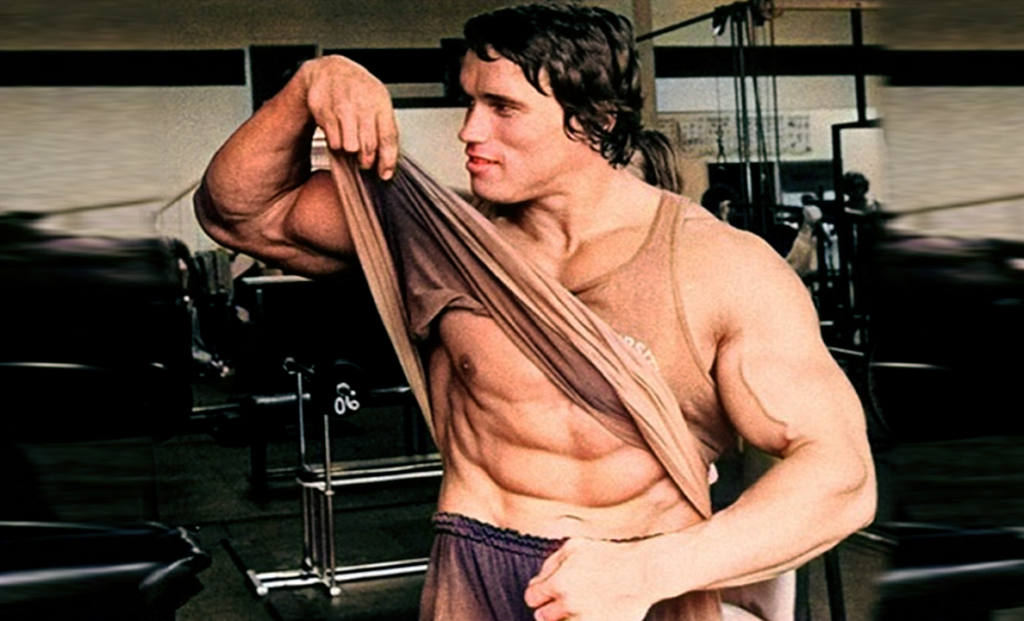The Arnold Shoulder Workout Chart outlines a series of exercises tailored for deltoid development, emphasizing pressing and isolation movements. It is designed to target the anterior, lateral, and posterior deltoid heads effectively.
Embarking on the Arnold Shoulder Workout means committing to an intense regimen that champions muscle growth and endurance. This workout, pioneered by bodybuilding legend Arnold Schwarzenegger, is renowned for its ability to sculpt powerful and balanced shoulders. The routine typically includes a variety of presses and raises that are structured to maximize shoulder hypertrophy and strength.
By incorporating both compound and isolation exercises, it ensures a comprehensive approach to shoulder training. The chart serves as a strategic guide for those aiming to emulate the iconic physique of Schwarzenegger, offering a clear path to superior shoulder development. With a focus on proper form, progressive overload, and consistent effort, the Arnold Shoulder Workout can help fitness enthusiasts achieve their goals of building broader, more defined shoulders.
Arnold’s Legacy In Bodybuilding
Arnold Schwarzenegger set high standards in bodybuilding. His workout routines inspired many. The Golden Age of Muscle showcases his influence. Fans and athletes still follow his methods.
The term “Austrian Oak” refers to Arnold because of his strong physique. His training techniques and dedication are legendary. He turned bodybuilding into a popular sport. Many today still view him as the ultimate bodybuilding icon.
Anatomy Of The Shoulder Muscles
The shoulder muscles play a key role in all arm movements. The deltoid muscle is the main muscle group in the shoulder. It has three parts: anterior, lateral, and posterior. Each part helps lift the arm in different ways.
Rotator cuff muscles support the shoulder joints. They ensure the arm moves smoothly. These muscles include the supraspinatus, infraspinatus, teres minor, and subscapularis. They work together with the deltoid.
A strong shoulder comes from training both deltoids and rotator cuffs. Remember, balanced workouts give the best results.
Arnold’s Philosophy On Training Shoulders
Arnold Schwarzenegger believed in high volume and intensity for shoulder development. His workouts often included multiple exercises with lots of sets. He pushed his muscles hard every session. This approach is not for beginners. It suits those with a solid fitness base.
Arnold also focused on the mind-muscle connection. He felt each lift and paid attention to the muscles working. This technique helps target the right areas during a workout. It improves the effectiveness of each exercise. Remember to concentrate and feel every rep for the best results.
Blueprint Breakdown: The Workout Chart
Arnold Schwarzenegger, a bodybuilding legend, created a shoulder workout chart. This chart helps build strong, muscular shoulders. The exercise selection is key to this workout.
Each exercise targets different shoulder muscles. The workout includes presses, raises, and flyes. These movements work on all shoulder parts.
Sets and reps vary per exercise. Some need more reps with lighter weights. Others need fewer reps with heavier weights. Rest periods are short. They keep the workout intense and effective.
| Exercise | Sets | Reps | Rest |
|---|---|---|---|
| Barbell Shoulder Press | 4 | 10 | 90 sec |
| Dumbbell Lateral Raise | 4 | 12 | 60 sec |
| Seated Bent-over Rear Delt Raise | 4 | 15 | 60 sec |
Essential Movements For Delt Development
Arnold Shoulder Workout Chart focuses on building shoulder strength and mass. Three key exercises shape this routine. Each targets a different shoulder area.
Pressing movements lay the foundation for front delt development. Use dumbbells or a barbell for variety. Overhead presses build both mass and power.
Moving to the sides, lateral raises are crucial. They add width to the shoulders. Keep your movements controlled. Aim for higher reps to pump the muscles.
Finally, rear delts should not be ignored. Face pulls and reverse flyes are perfect. They ensure balanced growth. Your shoulders will look strong from every angle.
Advanced Techniques For Shoulder Gains
Supersets and dropsets skyrocket shoulder growth. Pair exercises for intense burn and stamina. Supersets combine two moves back-to-back. No rest till both are done. Then rest and repeat. Dropsets push muscles to the limit. Start heavy, reduce weight, keep going. Aim for exhaustion. Train smarter, not harder.
Pyramiding means increasing weight with each set. Start light to warm up. Gradually add weight. Each set gets tougher. This method boosts strength. The Arnold Press sculpts shoulders. Twist wrists as you lift. Start palms facing you. End palms forward. It hits all shoulder angles. Do it with control. Feel every rep.
Incorporating Arnold’s Routine Into Your Regimen
Arnold Schwarzenegger’s shoulder workout is legendary for building massive deltoids. This routine demands careful balance between workout frequency and rest. It’s essential to allow muscles time to recover to prevent injuries. Aim to train shoulders twice a week while ensuring at least 48 hours of rest between sessions.
Pairing shoulder exercises with other body parts can be effective. For example, work on shoulders and triceps on the same day. This approach maximizes time and energy. Remember, consistency and proper form are key to seeing results.
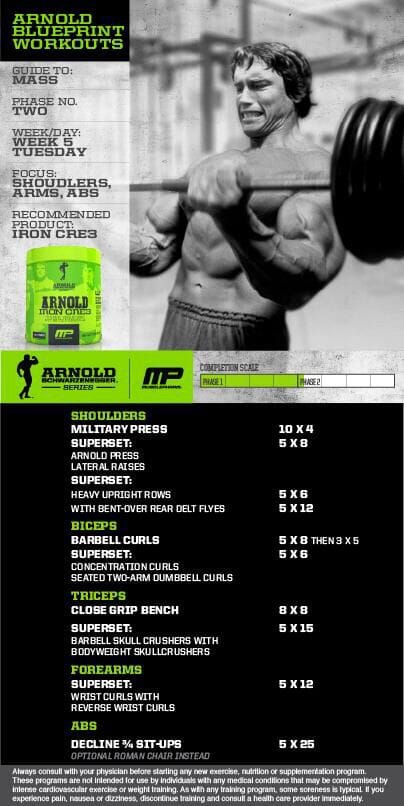
Nutrition And Supplementation For Shoulder Growth
Protein intake is crucial for shoulder muscle growth. Aim for a high protein diet to repair and build muscle tissues. Your body needs protein to recover from workouts. A mix of animal and plant-based proteins can be effective.
Key supplements include creatine for power, whey protein for muscle repair, and branched-chain amino acids (BCAAs) for muscle growth. Ensure you take Omega-3 fatty acids to support muscle health. Vitamin D and calcium also play roles in bone strength and muscle function.
| Supplement | Benefit |
|---|---|
| Creatine | Boosts power and performance |
| Whey Protein | Supports muscle repair |
| BCAAs | Promotes muscle growth |
| Omega-3s | Improves muscle health |
| Vitamin D | Essential for bone health |
| Calcium | Strengthens bones |
Monitoring Progress And Making Adjustments
To track your progress, maintaining a detailed workout log is essential. Record each exercise, the weight lifted, and reps completed. This will help you see your strength gains over time. Assess your improvements regularly and adjust the weights accordingly to keep challenging your muscles.
Change your routine if gains plateau or you feel less challenged. It’s important to keep your muscles guessing. A change every 6-8 weeks can be beneficial. This might mean altering the number of reps, increasing weight, or trying new exercises. Always ensure your body has adequate rest and recovery time.
Add more rows as needed
| Date | Exercise | Weight | Reps |
|---|---|---|---|
| 03/01/24 | Shoulder Press | 50 lbs | 12 |
| 03/08/24 | Lateral Raise | 15 lbs | 15 |
Common Mistakes To Avoid
Overtraining the shoulders can lead to injuries and stunted progress. It’s crucial to balance your workout to promote recovery and muscle growth. Split your routines and avoid working the same muscle groups back-to-back days.
Ignoring proper form is a common mistake. Always aim to perform each exercise with precision. This ensures that the target muscles are effectively engaged and reduces the risk of injuries. Seek guidance from a professional if unsure about the correct technique.
Inspiring Transformations: Success Stories
Many aspiring bodybuilders have followed Arnold’s Shoulder Workout Chart. Their results are incredible. Let’s explore some of their stories.
John Smith began using the chart only six months ago. Already, his shoulders have gained significant muscle. He says the detailed exercises and consistent schedule were key to his success.
| Name | Before | After |
|---|---|---|
| Lisa Ray | Weak shoulders | Strong and toned |
| Mike Johnson | Struggled with form | Perfect technique |
Each person used the chart and saw big changes. They worked hard every day. Their efforts paid off with bigger, stronger shoulders.

Maintaining Shoulder Health For Longevity
Maintaining shoulder health is crucial for a consistent fitness routine. Injury prevention strategies play a key role in this process. Engaging in regular mobility exercises and stretching is essential. It helps in keeping the shoulder muscles and tendons flexible.
Such practices reduce the risk of injuries during workouts, especially intense sessions. It is important to include a variety of dynamic stretches before exercising. These prepare the muscles for the upcoming physical stress. Also, static stretches post-workout aid in recovery. They keep the muscles long and supple.
Proper warm-up routines with a focus on shoulder mobility can increase blood flow. This prepares the shoulder joints for Arnold shoulder workouts. By doing so, one can ensure long-term shoulder health and enhance performance.
Frequently Asked Questions
What Exercises Did Arnold Do For Shoulders?
Arnold Schwarzenegger’s shoulder workouts typically included barbell presses, dumbbell presses, lateral raises, and upright rows. He focused on heavy lifting and volume for muscle growth.
Does Arnold Press Hit All 3 Delts?
The Arnold press targets all three deltoid heads—frontal, lateral, and posterior—providing a comprehensive shoulder workout.
Is The Arnold Press A Good Shoulder Workout?
Yes, the Arnold press is an effective exercise for targeting multiple shoulder muscles, enhancing both strength and muscle definition.
Are 3 Shoulder Exercises Enough?
Three shoulder exercises, targeting different angles, can effectively stimulate growth and strength. It’s essential to vary your routine for balanced development.
Conclusion
Embracing the Arnold shoulder workout chart can transform your fitness journey. Each exercise targets vital muscles for balanced growth. Dedication to this routine promises improved strength and definition. Remember to prioritize form over weight for optimal results. Start sculpting your deltoids like a bodybuilding legend today!

